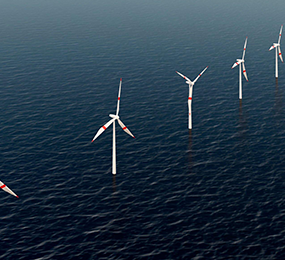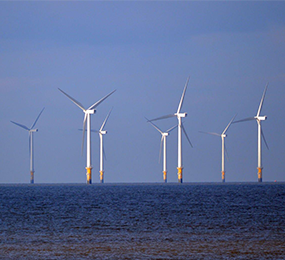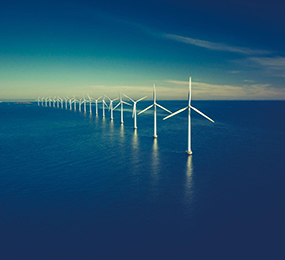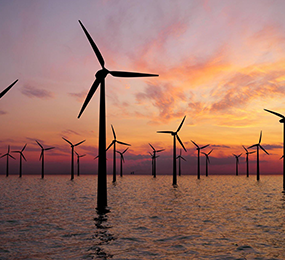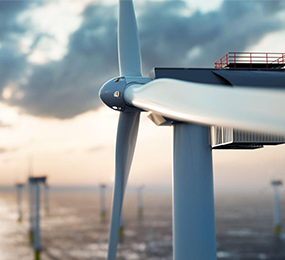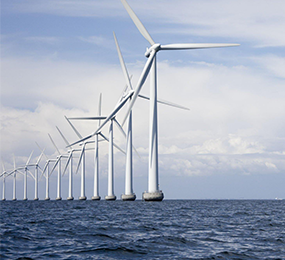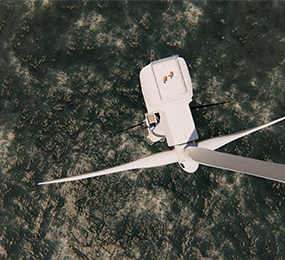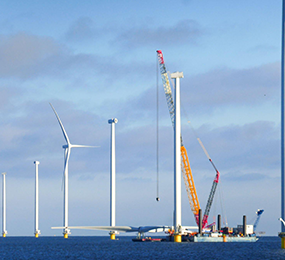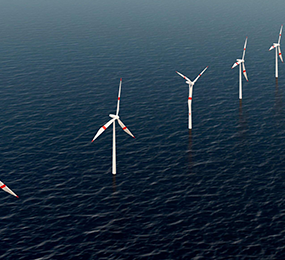Floating offshore wind energy is experiencing a wave of technological advancements, transforming this promising renewable energy source into a more efficient and cost-effective solution. Let's delve into some of the key innovations shaping the future of floating wind turbines.
Bigger and Better: The Evolution of Turbine Design
Wind turbine manufacturers are continuously pushing the boundaries of design to maximize energy capture. Larger rotor diameters and longer blades allow turbines to harness more wind energy, even in low-wind conditions. Additionally, advancements in blade aerodynamics and materials science have improved efficiency and durability.
Smarter Grid Integration: Digital Transformation
Digital technologies are revolutionizing the way floating wind farms operate. Advanced sensors and data analytics enable real-time monitoring of turbine performance, identifying potential issues and optimizing maintenance schedules. This predictive maintenance approach reduces downtime and improves overall efficiency. Furthermore, digital twins, virtual replicas of wind farms, allow for testing and optimization of various scenarios, identifying cost-saving measures before they are implemented in the real world.
Harnessing the Power of Nature: Adaptive Control Systems
Floating wind turbines face unique challenges due to their exposure to ocean waves and currents. Adaptive control systems are being developed to enable turbines to respond to these dynamic conditions in real time. By adjusting their orientation and speed, turbines can optimize energy production while minimizing stress on the structure.
Foundation Innovations: Enhancing Stability and Durability
The foundation is a critical component of a floating wind turbine, ensuring its stability and longevity. Researchers are exploring innovative foundation designs, such as semi-submersibles and spar buoys, that offer improved stability and resistance to harsh ocean conditions. Additionally, advancements in mooring systems are reducing the risk of turbine movement and ensuring safe operation.
Sustainable Materials and Recycling: A Greener Future
The environmental impact of floating wind farms is a growing concern. Industry leaders are investing in research and development to develop more sustainable materials for turbine components and platforms. This includes exploring biodegradable materials and recycling options to minimize the environmental footprint of these structures.
The technological advancements in floating offshore wind turbines are paving the way for a more sustainable and efficient energy future. By improving efficiency, reducing costs, and minimizing environmental impact, these innovations are making floating wind a more attractive option for governments and investors. As research and development continue, we can expect even more groundbreaking advancements that will further propel the growth of this promising renewable energy technology.
To register or learn more about the Forum please check here: https://www.leadventgrp.com/events/5th-annual-floating-wind-europe/details
For more information and group participation, contact us: [email protected]


